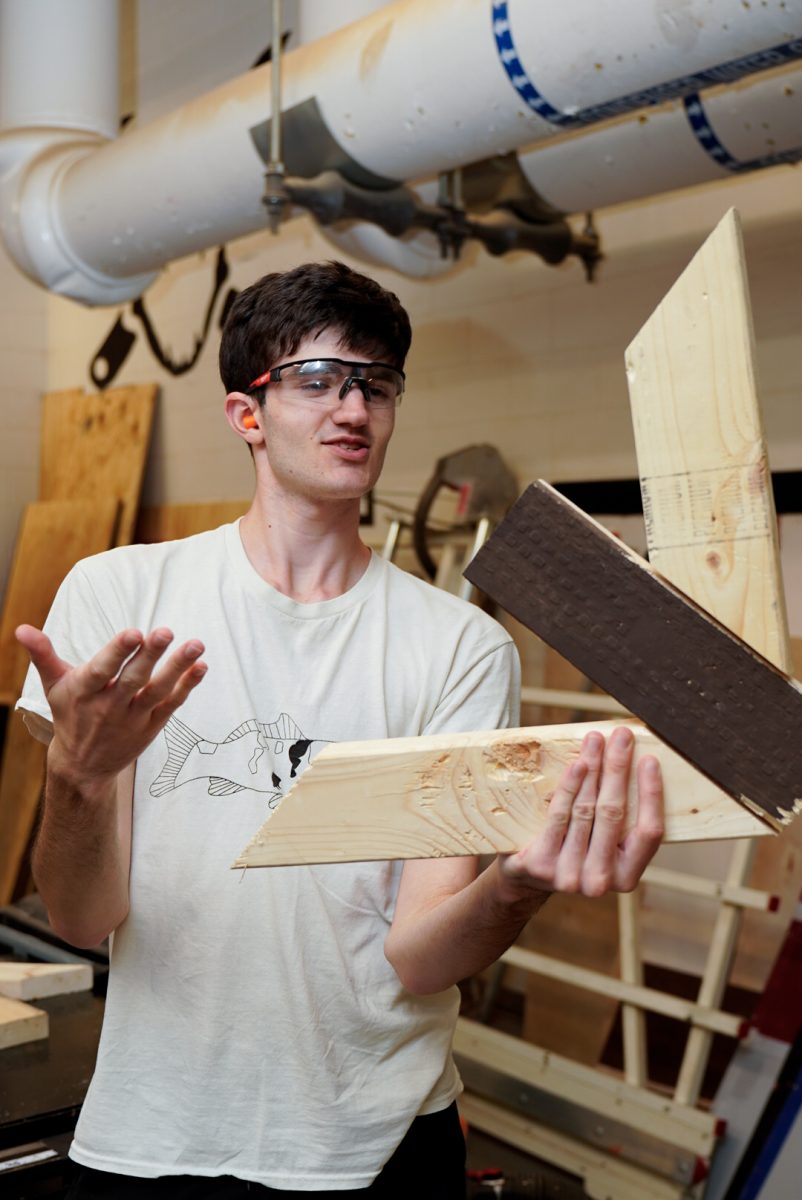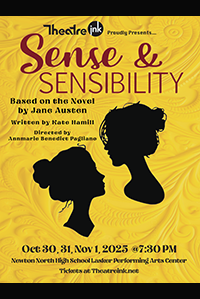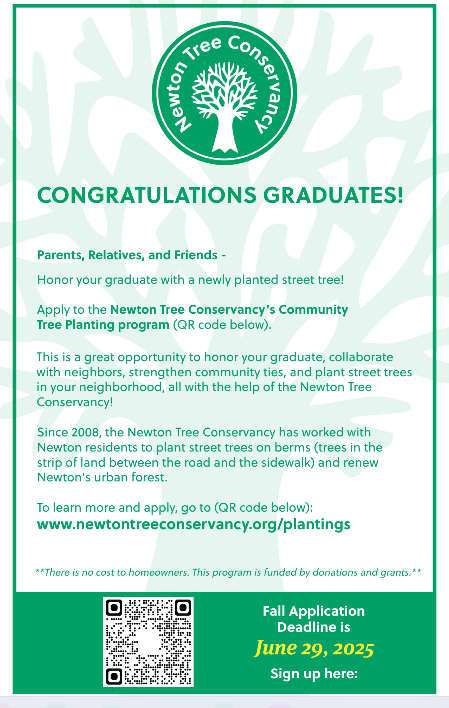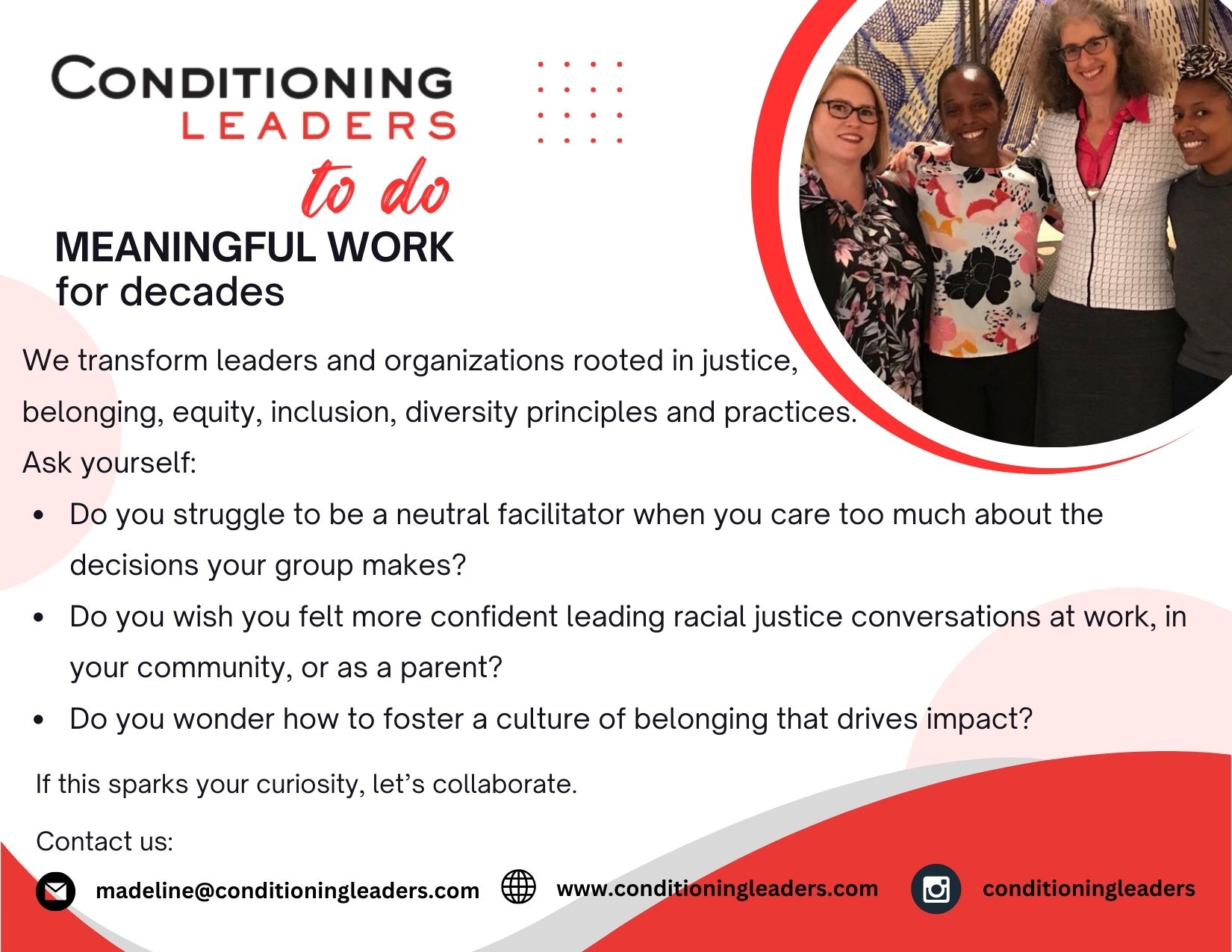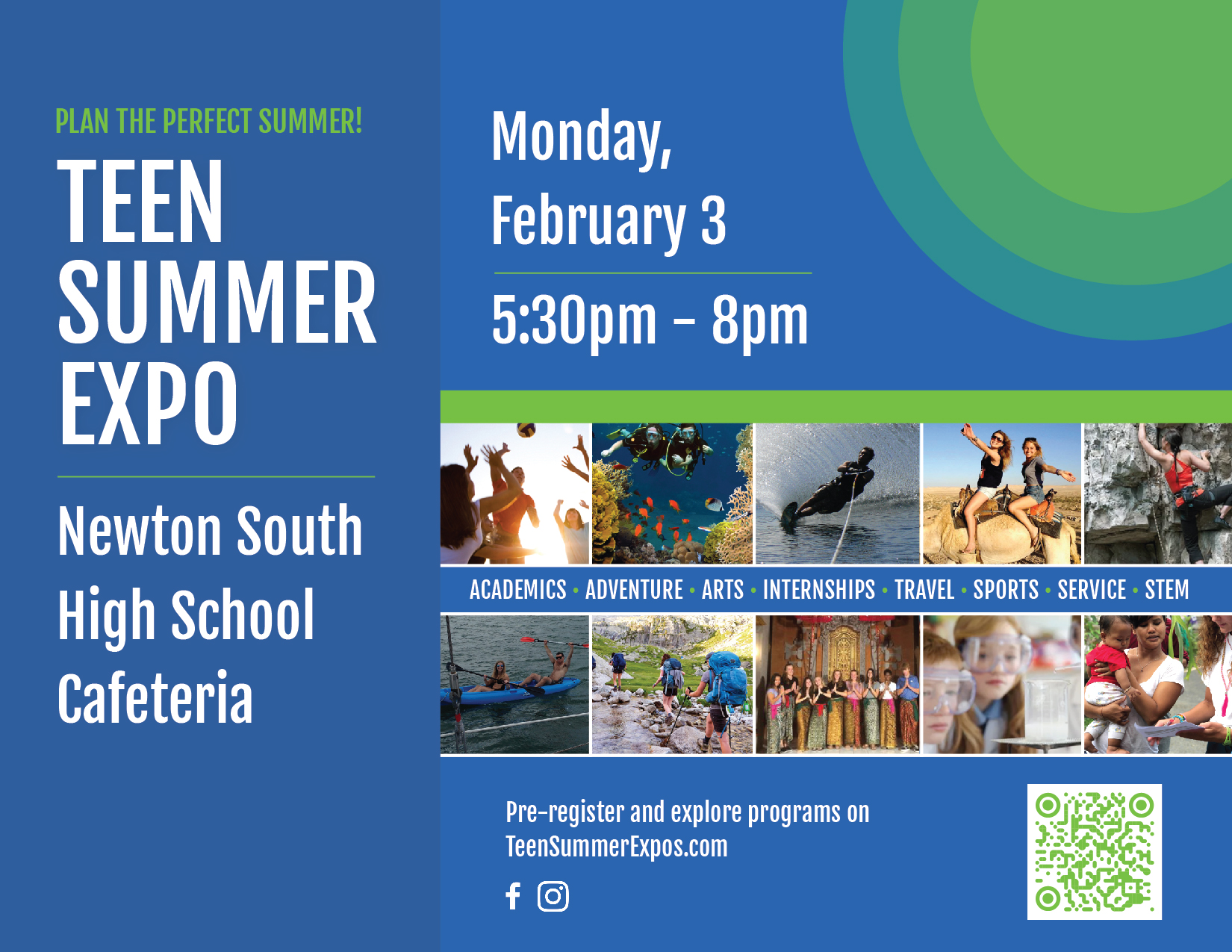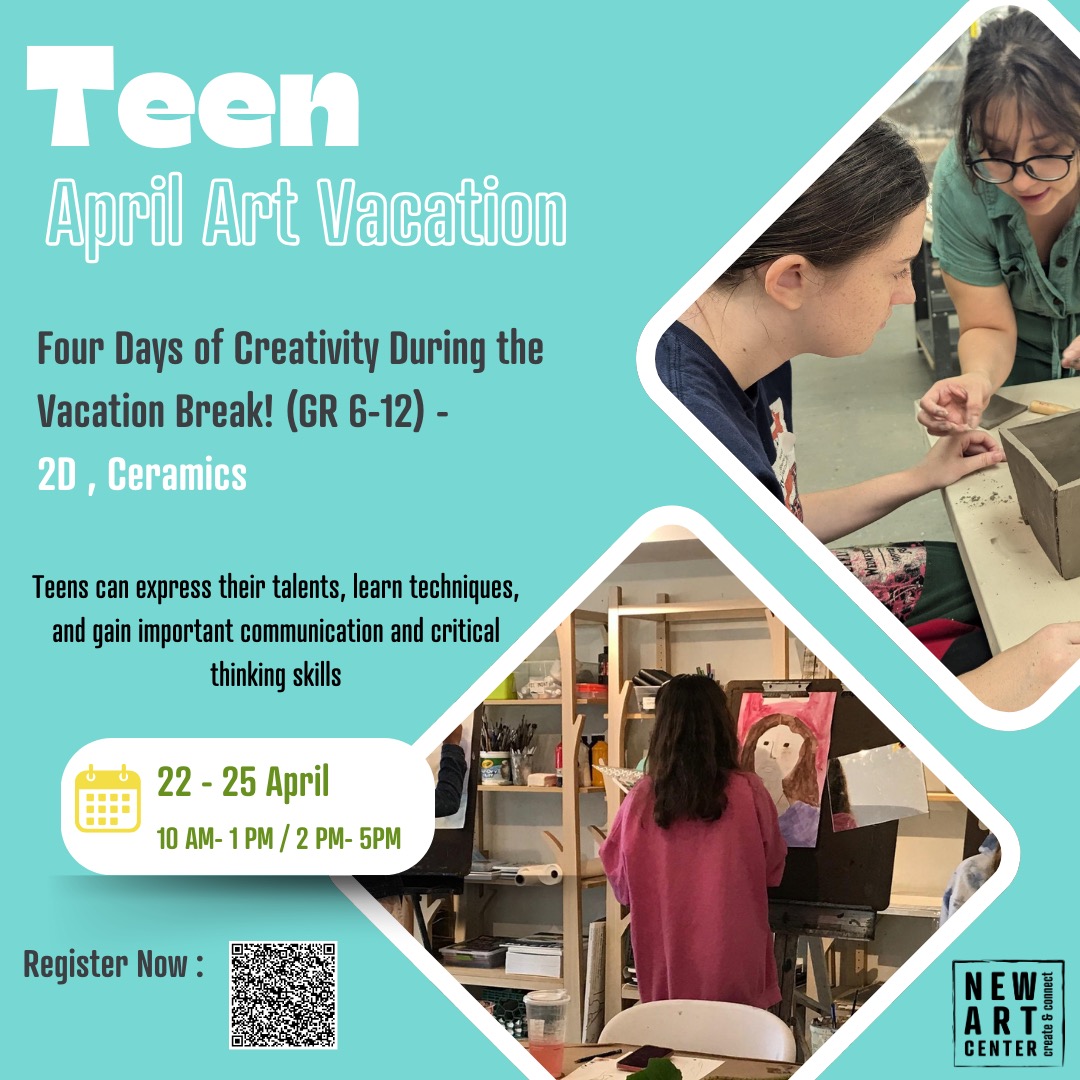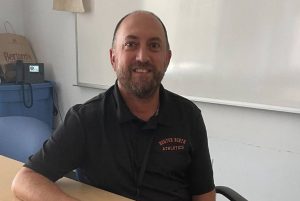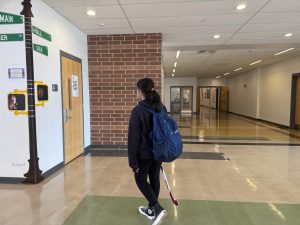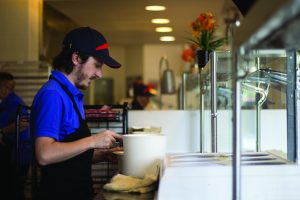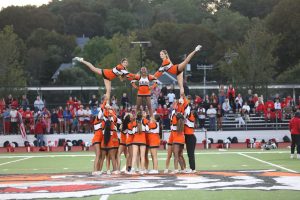Students express concern over North’s handling of January COVID surge
February 11, 2022
A surge in cases from the COVID-19 Omicron variant in early January has caused concern among students over how North handled the surge.
According to the city of Newton’s website, Newton peaked at 275 confirmed COVID cases on Jan. 3, but had dropped to 68 confirmed cases by Jan. 28.
Students and staff returned in-person to North Jan. 3, right in the midst of the surge. This year, the Massachusetts Department of Education is not allowing schools to go remote or virtual according to Vice Principal Amy Winston.
Students believe that the district should have delayed in-person learning after December break. “If they just waited one week they could’ve avoided so many cases, you can see it in the numbers,” said Sophomore Rohan Miovic.
It would also be difficult to extend vacation, added Winston, as it would push the last day of school past June 23.
The surge also factored into the district’s decision to cease contact tracing, according to a newsletter sent by David Fleishman. The change was made in part because the large increase in cases made contact tracing unfeasible.
“They are definitely communicating well about the situation,” said sophomore Raven Belson.
“I do wish they maintained contact tracing, I think that would’ve made the student body feel more secure,” she added.
The district announced the end of contact tracing at the middle school and high school level Jan. 6. The change was also made due to North’s high vaccination rate.
“Over 90% of our students are fully vaccinated. If you’re a fully vaccinated close contact, the directions to you are to monitor for symptoms and stay home if you’re sick,” said Winston. She added that, for vaccinated students, contact tracing did not provide any new information or instructions.
The high vaccination rate combined with masks also helped make the decision to stay in-person. According to Winston, the school’s data shows that transmission hardly occurs in classrooms.
“They did what they could, but I think the worst decision they could make is having an open cafeteria,” said senior Natalie Taw.
Winston added that COVID transmission likely happened at lunch and other social settings. Cold weather has also made spreading out during lunch more difficult, as students don’t want to eat outside.
From Jan. 30 to Feb. 5, the school reported 15 COVID cases. As the number of new cases lowers, students still expressed uncertainty about the best course of action.
According to sophomore Justin Mustafaraj, keeping the school open is acceptable as long as nobody is hospitalized. “If we switched back to online or just didn’t go at all, that would disrupt pretty much everything, and that would be pretty annoying,” he said.
Senior Nathaniel Bloom added, “I think they’re doing an alright job right now, there’s not much we can do because people have interactions outside of school all the time. It’s hard to control it, but I think we just have to get through this moment in history.”

